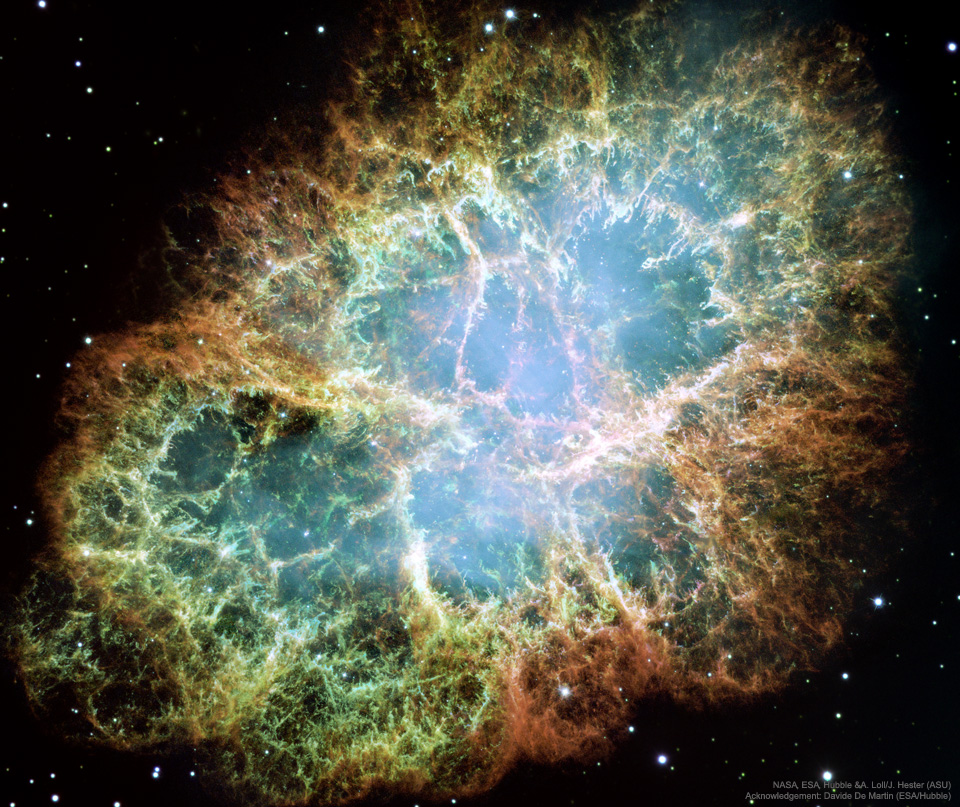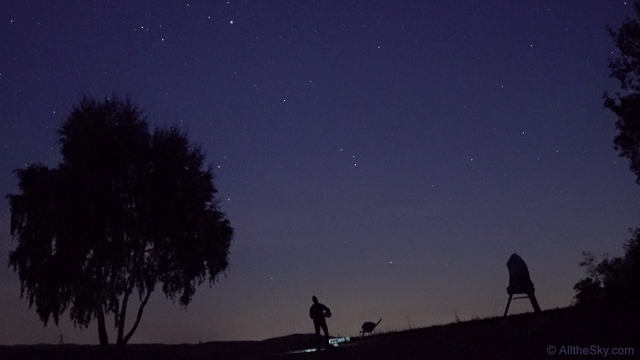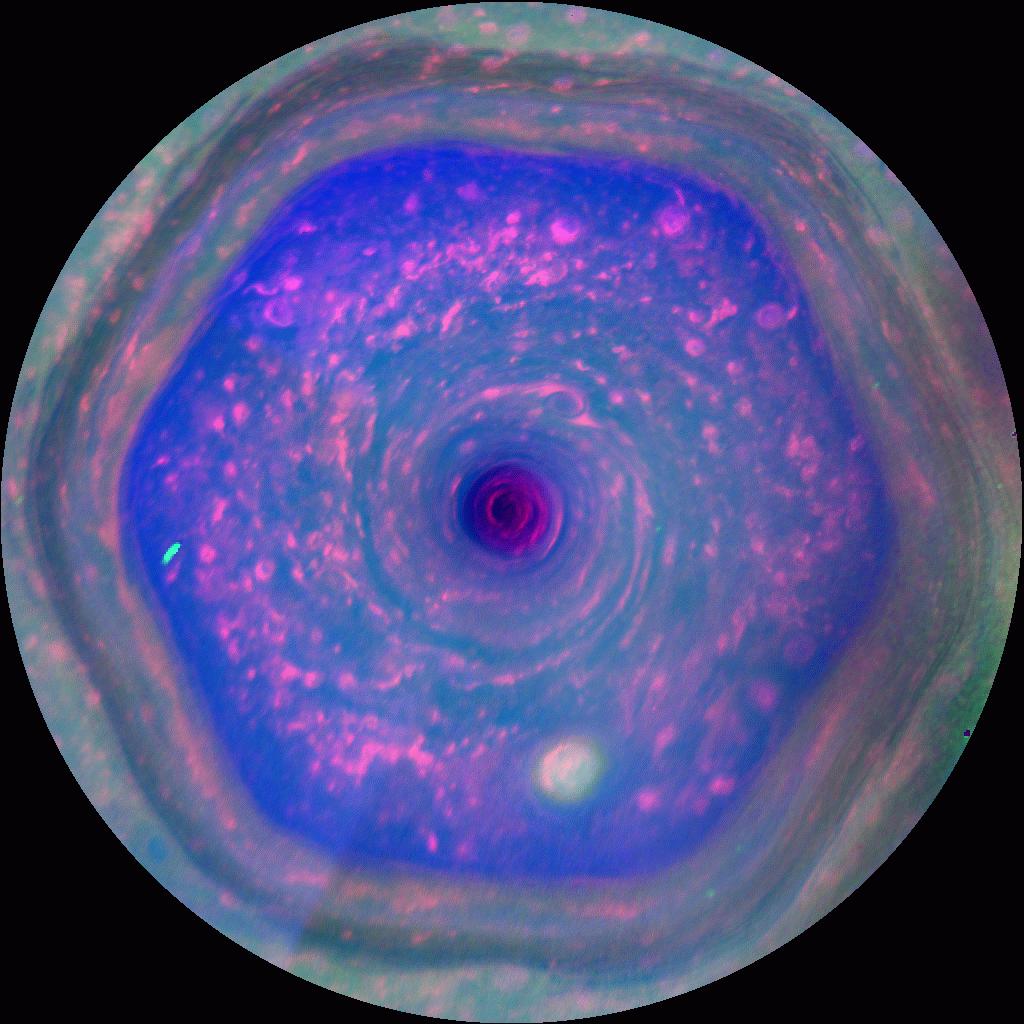Astronauts on the International Space Station will conduct spacewalks Sept. 23 and 29 to continue upgrades to the orbiting laboratory’s power system. Experts from NASA will preview this work in a briefing at 2 p.m. EDT Tuesday, Sept. 18, at NASA’s Johnson Space Center in Houston.
from NASA https://ift.tt/2QlmTNE
via IFTTT![]()







